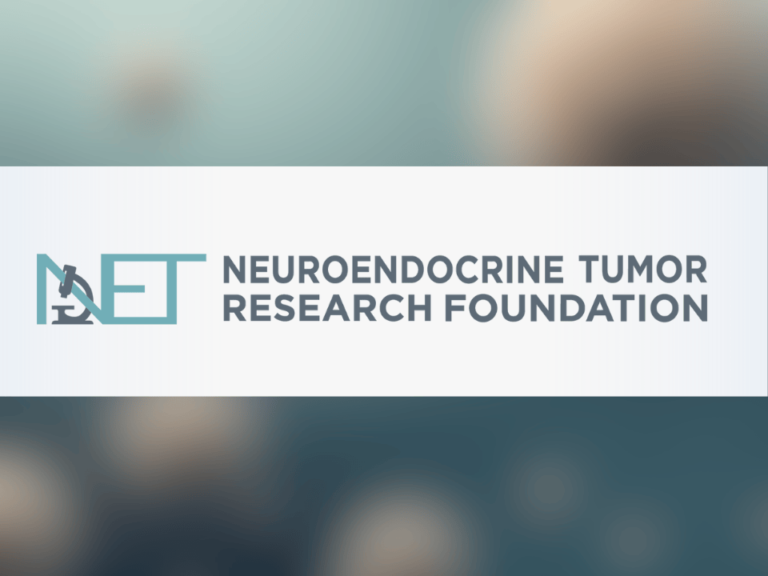After a year of trying to understand the biology and politics of cancer, Vice President Joe Biden admits that he has a stronger grasp on the nuts and bolts of Washington than the evolutionary mysteries known collectively as cancer.
Hosting the National Cancer Moonshot Summit at Howard University on June 29, Biden delivered a wide-ranging speech, even as his main initiatives remain what they have been from the start of his cancer odyssey:
1) Biden announced a reorganization of FDA, potentially imposing a single strategic vision on what is now a disparate portfolio that splits oncology-related devices and diagnostics from therapeutics, and places a divide between drugs and biologics. See the story here and a conversation with the FDA’s Richard Pazdur, the newly appointed acting director of the Oncology Center of Excellence.
2) From the beginning, Biden addressed the genesis of the Tower of Babel-like inability of bioinformatics systems to exchange data. (The problem was inadvertently created by the Obama Administration when it mandated a switch to electronic medical records in the 2009 stimulus bill.) At the summit—after months of roundtables and cajoling stakeholders to collaborate—he endorsed several initiatives, including a partnership between NCI and Foundation Medicine, a new, interoperable NCI clinical trials interface, and the Oncology Precision Network, a consortium of five health systems that use Syapse, an IT platform that enables data sharing.
Cancer, arguably more than any other disease, inspires saber-rattling rhetoric, and imagery of war is used interchangeably with imagery of space travel. However, unlike Andrew von Eschenbach’s unsuccessful plan to “eliminate suffering and death due to cancer by 2015,” the Biden plan seeks to make 10 years’ worth of progress in the next five years.
If the Biden moonshot consolidates FDA’s oncology portfolio—a finite task—and makes fundamental fixes in bioinformatics and the culture of research, that would be a step forward.
“The impediment isn’t the lack of the gray matter genius and ingenuity in terms of new drugs, new treatments, etc.,” Biden said at the summit. “It’s all this stuff that gets in the way.”
The text of Biden’s speech appears here.
In the past, when NCI’s advocates attempted to raise additional funds for cancer, NIH officials insisted that other areas of research get corresponding increases. By setting cancer apart from other diseases, Biden’s moonshot may pave the way for targeted funding boosts for cancer research.
Indeed, the bulk of the moonshot funds—$750 million—are slated to come in fiscal year 2017, after the Obama administration.
Altogether, the White House announced 40 new developments related to the moonshot. During Biden’s daylong summit at Howard University, many entities across the U.S. held smaller, regional summits.
The day after the summit, Biden visited the Case Comprehensive Cancer Center because of a citywide proposal to develop science-driven efforts to reduce the excessive rates of smoking in Cleveland and to increase HPV vaccination rates. The effort includes the University Hospitals Seidman Cancer Center, the Cleveland Clinic, Case Western Reserve University and researchers at MetroHealth.
“Vice President Biden advances the notion that it is time to stop cancer as we know it,” Stan Gerson, director of Case Comprehensive Cancer Center and UH Seidman Cancer Center, said in his introduction of Biden. “I was honored to participate in this amazing day. There was passion, urgency and alignment in the rooms and break out sessions. It was truly a remarkable experience. For the first time, I had the sense that many barriers will fall, and that priorities will be reestablished.”
All the obvious limitations notwithstanding, Biden appears to bet that the moonshot will create the atmosphere of openness, making Congress, government agencies and non-profits increase funding for cancer research.
An example: Gary Reedy, CEO of the American Cancer Society didn’t come to the June 29 summit empty handed. ACS said it plans to increase its annual research spending to about $240 million by 2021. The society spends about $100 million a year in new grants to academic research institutions and another $15 to $20 million on intramural research.
“It aligns very nicely with the moonshot,” Reedy said to The Cancer Letter. “It’s what all of us need to do. If we collaborate, we will get there quicker.”
Correction: A previous version of this story said the American Cancer Society would increase its annual researching spending by $240 million, not up to a total of $240 million. The change has been made.













